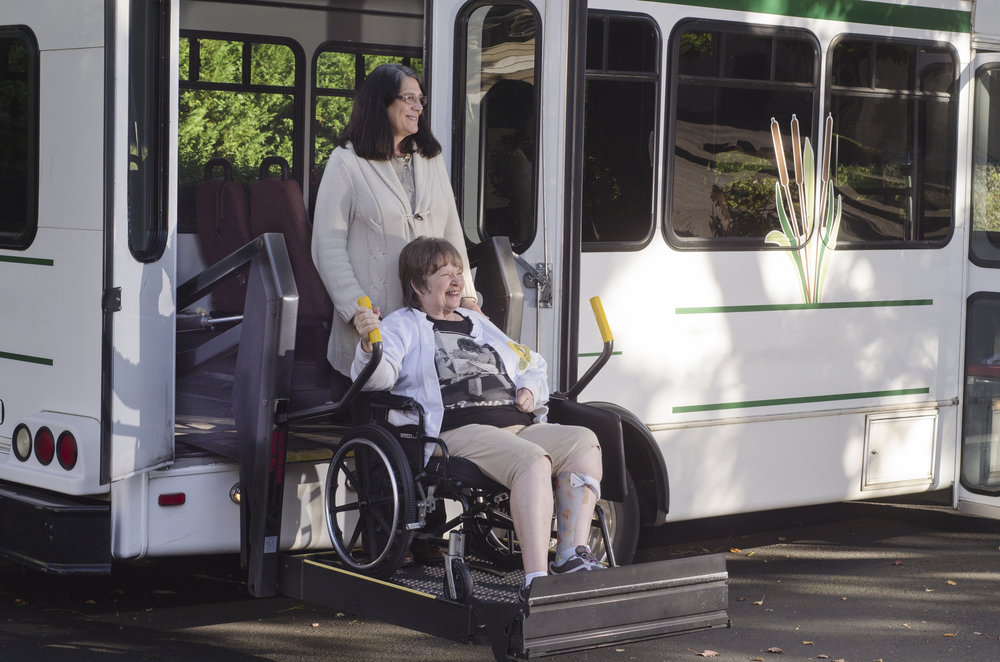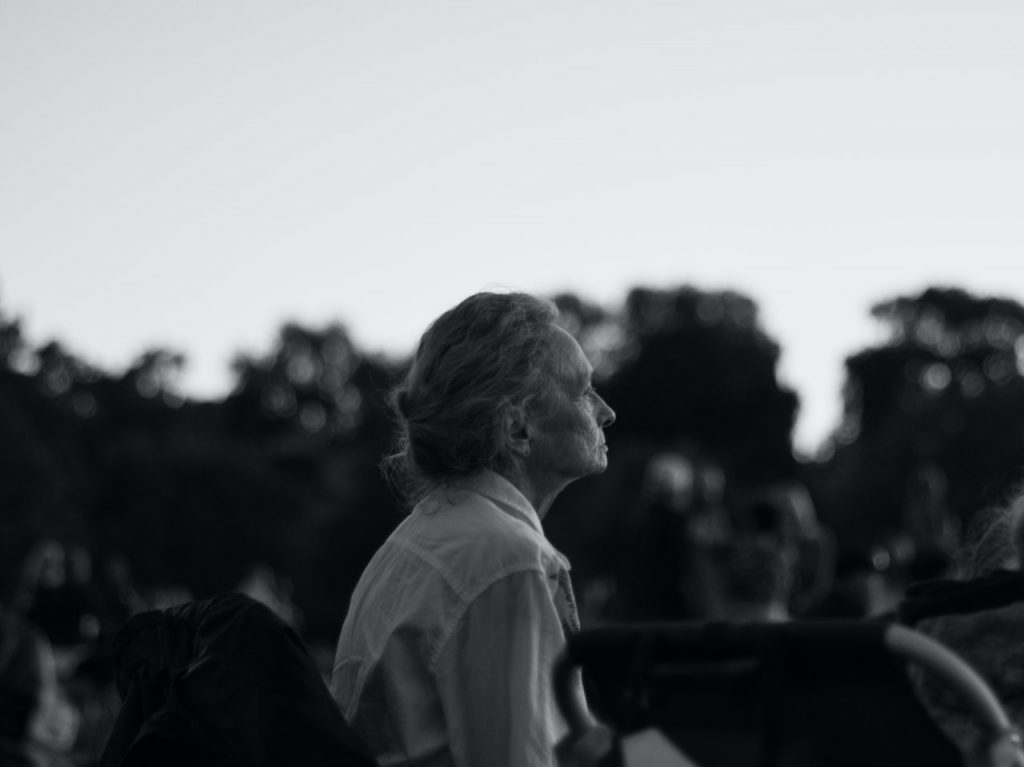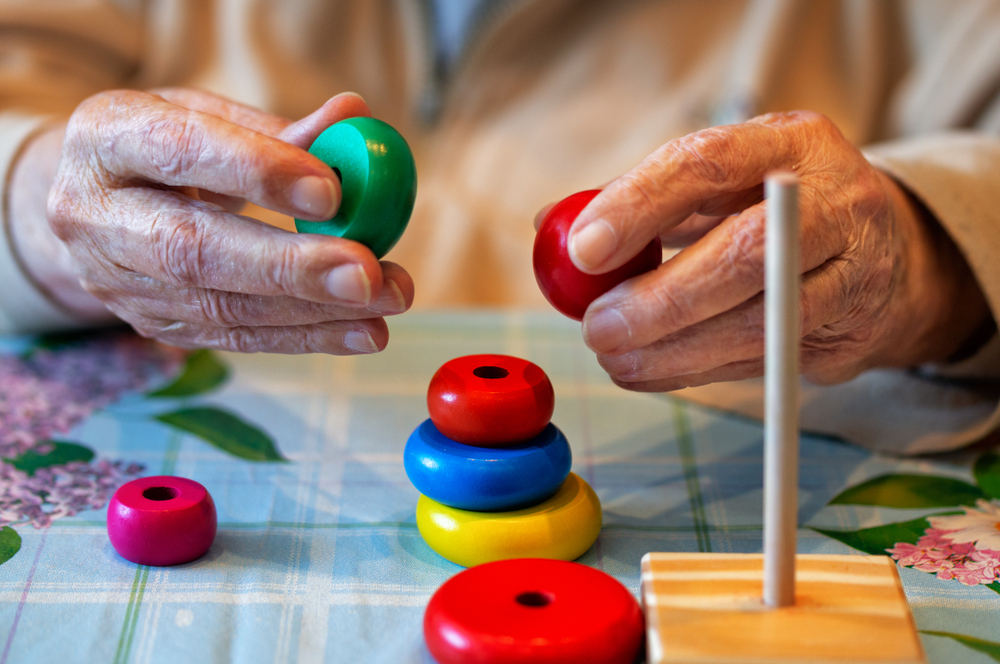Smart Technology for Senior Living Is Growing Fast
The older people get, the more support they need from caregivers, friends and family members. Additionally, there is a need for older adults to live in residences that accommodate the ordinary incapacities of old age, including but not limited to reduced mobility, reduced vision, and increased risk of falls.
Smart devices can make seniors’ everyday life safer and more independent. This article discusses the various smart home devices that promote independence and convenience in the senior living community. Some of these devices can potentially save their lives when they are in danger.
Smart devices and their benefits
Smart devices make assisted living and memory care for seniors much easier. Here are a few devices that have proved efficient for older adults.

Cameras
You may not want to have 24/7 feed on what your loved one is doing. However, security cameras come in very handy when you’re caring for them remotely. You can see when they are moving around and who visits the house when your loved one is alone through the live video feed.
Note that the decision to install cameras in your loved one’s home is a big one. Some seniors may find it highly intrusive. Therefore, it is essential you discuss the issue with them, outline the benefits, and let them decide whether or not they are okay with it.
Automated thermostats
For seniors, day-to-day tasks like adjusting the thermostat for heating and cooling purposes can be cumbersome. Smart thermostats make their life easier by allowing them to regulate temperature without necessarily moving. The thermostats can either be voice-controlled or remote-controlled.
Smart lighting
Smart lighting features smart light bulbs that allow you to dictate lighting on schedules and turn the lights on and off using a smartphone. Additionally, you can set it so that the light is triggered by movement, i.e., it goes on when someone walks in the room and off when they walk out.
The two best features of smart lighting are automation and the hands-free feature. Therefore, it promotes independence and safety.
Smart emergency contact systems
An emergency contact system is a wearable electronic device that gives on-call monitoring and alerts you when your loved one falls.
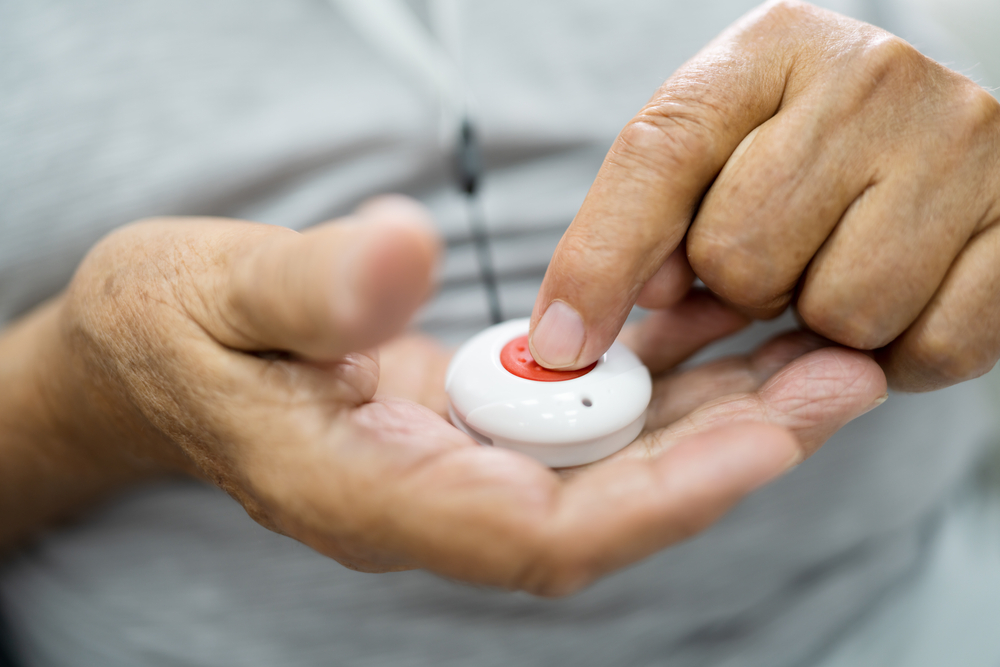
If your loved one is not a fan of wearing electronic devices, you can opt for non-contact devices like smart speakers.
A smart speaker has emergency alert features that make it possible for your loved one to contact emergency services in case of an emergency.
Biomedical monitoring devices
If you’re worried about your loved one’s health, especially if they live alone, you can buy biomedical monitoring devices that they can wear inside and out of the house. These devices will alert you when anything is out of the ordinary.
Biomedical monitoring devices not only monitor your loved one’s vital signs but also provide data to medical practitioners for early diagnosis and treatment in case of emergencies.
Smart contact sensors
These smart home products benefit seniors with dementia since they tend to leave the house without warning. Smart contact sensors use smart sensor technology to issue alerts on when doors and windows are opened.
You can install contact sensors on windows and doors to get alerted on when they have been opened and for how long they have stayed open. This way, your loved one’s safety is increased.
Smart locks
It is common for seniors to forget to lock their windows and doors. A smart lock allows you to check whether the windows and doors are locked. Additionally, you can lock doors and windows remotely so that your loved one doesn’t have to.
Smart locks come in handy if your loved one occasionally wanders out of the house. They are also helpful when keys get misplaced.
Note that smart locks may not be ideal for people with memory issues.
Smart smoke detectors
Smoke detectors are a must-have in every home. When it comes to seniors, it is highly recommended that you get smart smoke detectors since they may fail to hear the regular smoke alarm in the home and react to it quickly enough. Smart smoke detectors deliver audible sirens in the house and send alerts to caregivers, friends, and neighbors through smartphone alerts. This way, the senior’s safety is guaranteed.
Smart displays and voice communication devices
You can buy a smart screen to keep in touch with your loved ones easily. This smart home device connects to Wi-Fi and allows voice and video calls to people outside the house. Additionally, they have voice control, enabling seniors to do various tasks like looking up the news, calling up contacts, and searching for information through voice commands.
Smart home assistants
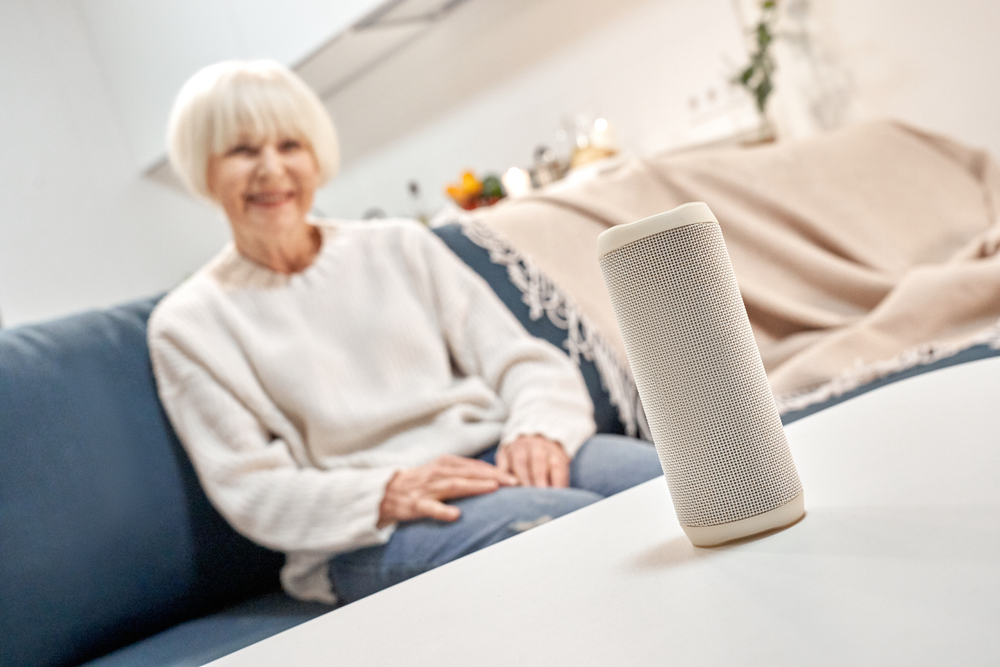
Smart home assistants like Alexa and Google assistant have gained popularity over the years. They make menial tasks easier for seniors.
Most smart home assistants follow voice commands. Therefore, they are convenient for seniors. Other than that, they can control other smart devices in the house, i.e., they can make phone calls, play music, read books, search for information, among others tasks.
Privacy and security concerns
As discussed above, smart home technology has several benefits. However, there are surveillance concerns. Most of the devices that stem from surveillance and security systems may infringe on seniors’ privacy and control.
Using technology to promote the safety and independence of seniors is advantageous. Still, if you do it incorrectly and without the senior’s consent, the one-way surveillance infringes on their privacy.
To avoid this, caregivers need to communicate openly with their loved ones. Choose devices that offer two-way communication, so instead of you simply watching your loved ones, you can communicate with them.
Tech companies are also moving away from invasive products and creating products specifically tailored for seniors.
Other than privacy concerns, there are security concerns. Most smart devices have software that requires consistent password changes to ensure that they are not susceptible to breaches.
Conclusion
Most seniors have embraced smart technology since it gives them a sense of independence. Contact us if you’re looking for smart devices for your loved one. We are a smart home hub that offers tailor-made solutions to suit your loved one’s needs.
With over 30 years of experience, PJ has helped build the brands of many Fortune 500 companies. He is an Emmy nominated producer, an author, and certified in Digital Marketing Analytics by MIT.

